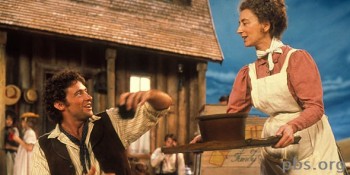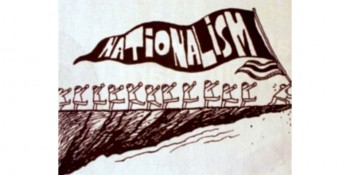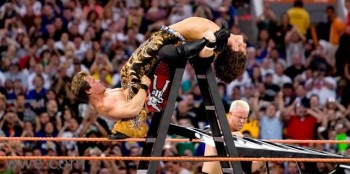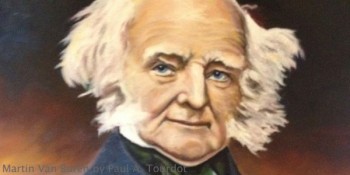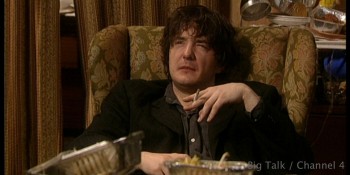Hyperbole and a Half by Allie Brosh
A favorite web comic/blog of mine is now a book featuring a series of stories that happened to (or because of) a young girl. Hyperbole and a Half is perfect for a “meh” sort of day because it’s an instant mood booster. With pictures drawn by the author (who I sincerely want to be friends with), each tale left me laughing and often identifying with her train of thought. From her exploits with Simple Dog to her struggles with motivation and depression, readers can connect with almost every story. On some level, I think each of us has had a moment of IDGAF rebellion when we just feel nothing (and a little bit invincible) or when we just can’t seem to guilt ourselves into actually doing something. And maybe finding one other person who understands (and the laughs we can get from the stories and pictures she provides) is just the leg up we need. I blew through this book in a few hours (the pictures help), and I laughed the entire time. Allie’s prose is very straightforward, and if you enjoy deadpan humor, you’ll absolutely get a kick out of this book.
One More Thing: Stories and Other Stories by B. J. Novak
Not only is the former The Office actor and writer attractive, he’s hilarious and brilliant off-screen, too. In One More Thing, Novak presents beloved tales, various themes, and ideas across a wide range of subjects with a sharp wit, keen eye, and inquisitive mind. We see the hare’s side of the race with the tortoise, a teacher who wants to do away with arithmetic, the stock market struggling through depression, what heaven might be like, and what some people may consider when they talk to their ex. B.J. entertains the reader with each story, some of which are only two sentences, but all of which speak volumes.
Green Rider by Kristen Britain
If you’re looking for something in the fantasy realm (especially if you’re as big a fan of series as I am), Green Rider is a high ranker on my list. It was also one of the first fantasy novels I have read to feature a female protagonist. Fearing expulsion and disappointing her family, Karigan G’ladheon leaves her school after a fight with an aristocrat’s son only to find her troubles just beginning. On the road home, Karigan encounters a young man, dressed in green, impaled with two blacks arrows. He is one of the king’s Green Riders, a legendary messenger service that serves the crown. He pleads with his dying breath that she carry on his mission and deliver the life-and-death message to King Zachary. Unable to deny the dying man’s final wish, she agrees to the task. She is given his golden winged-horse brooch, the symbol of the Green Riders, and a warning: “Beware the shadow man …” Now pursued by assassins, spirits, and an unknown threat to the kingdom, Karigan embarks on her journey through a world of complex magic and forces she does not yet understand.
You Are a Badass: How to Stop Doubting Your Greatness and Start Living an Awesome Life by Jen Sincero
January 1 isn’t the only time to make life-changing decisions and resolutions, and if you need that extra push to really start enjoying your life, You Are a Badass won’t steer you wrong. Some people may shy away from this sort of book because it’s self-help, but I honestly believe if everyone read this book, the world would be much better off. The author delivers her lessons through tales from her own life, but the advice never feels like a lecture. It’s almost like Jen is right there just talking to you. You’re forced to really look at yourself, own up to your faults, and then fix them by evaluating what you really want — because if you want something, you’ll make it happen. To make more money, to move to another city, to lose those extra few books — if you want it, go for it. Plus, she curses while encouraging you to stop moping and feeling sorry for yourself, which earns huge points in my book.
The Way of Shadows (Night Angel Trilogy #1) by Brent Weeks
Another recommendation for the fantasy (and series) lovers out there, The Way of Shadows combines assassin training, the will to survive, and magic. Azoth, a young “guild rat” who has grown up in the slums, knows survival is not guaranteed. He searches for the city’s most accomplished assassin, Durzo Blint, to gain an apprenticeship with the wetboy and create a better life for himself and, hopefully, help his friends in the process. In order to be accepted by Durzo, Azoth must reject his old life and take on the identify of Kylar Stern, a trained killing artist and deadly opponent. Kylar must obey his new master’s teachings, learn the dangerous politics of the city and its inhabitants, and control the strange magic that comes with being an assassin who is chose by a Ka’kari, an orb that connects the broken paths in a person’s magic, allowing Kylar to access his powers. I was completely engrossed in this book from start to finish and blew through the trilogy in a few days. The characters are well-developed and the intrigues and hard choices posed — friends or orders, love or duty — kept me begging for more.

